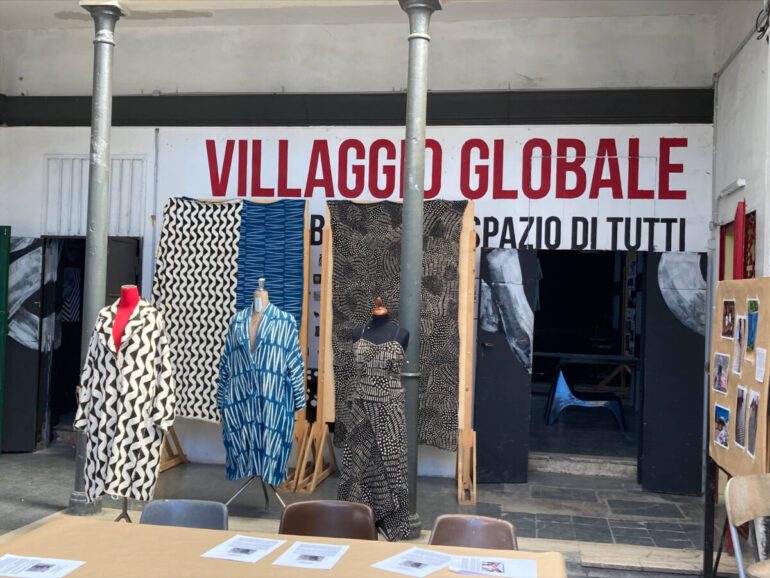Roman artisans merge fashion with social change
Off the beaten path in the Testaccio district in the heart of the storied Ex Mattatoio complex, sits Villaggio Globale, a cultural centre and artisan’s community home to independent fashion designers who try to merge haute couture with uplifting social change. It’s a standing, living monument to multiculturalism and creativity as praxis, and it’s here to stay.
Villaggio Globale existed in one form or another in the historic former slaughterhouse since the early 1990s. It’s a hub for artists, activists, cultural initiatives, outlaws, and some combination thereof, always on the periphery of institutional acceptance. It’s also been used as a venue for concerts and events, and hosted part of Altaroma Fashion Week.
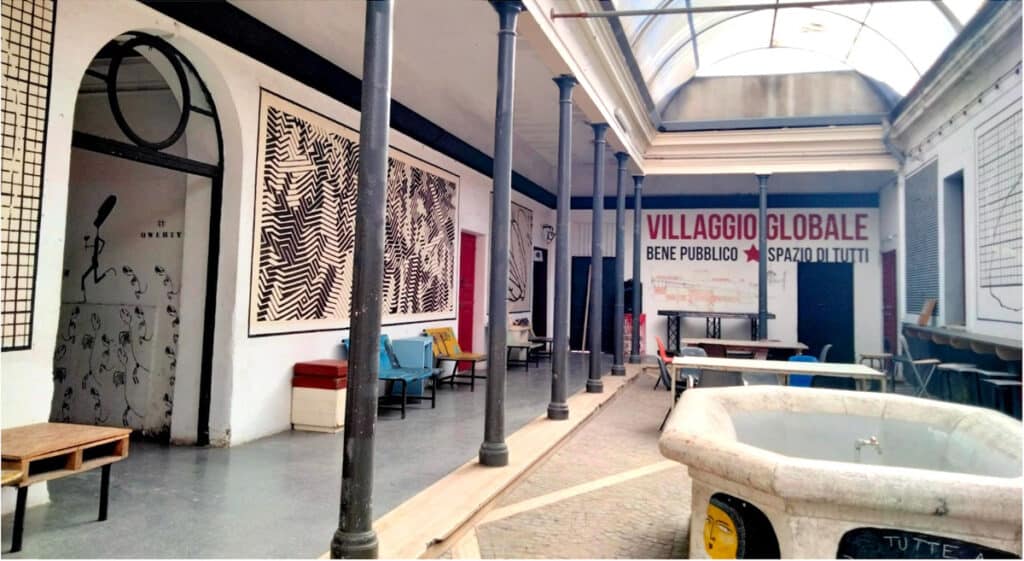
Its centuries-old walls covered in murals, prints, and street art reflect the impassioned creative and ideological energy contained within. Pop art style wall prints are as prominent as hand-painted murals of YPJ fighters, Kalashnikov in-hand. Inside, streetwear and woodworking is as much a protest against the industrialization of the fashion world as an appeal to Italy’s economically and socially-disadvantaged, as it is a chic and appealing fit.
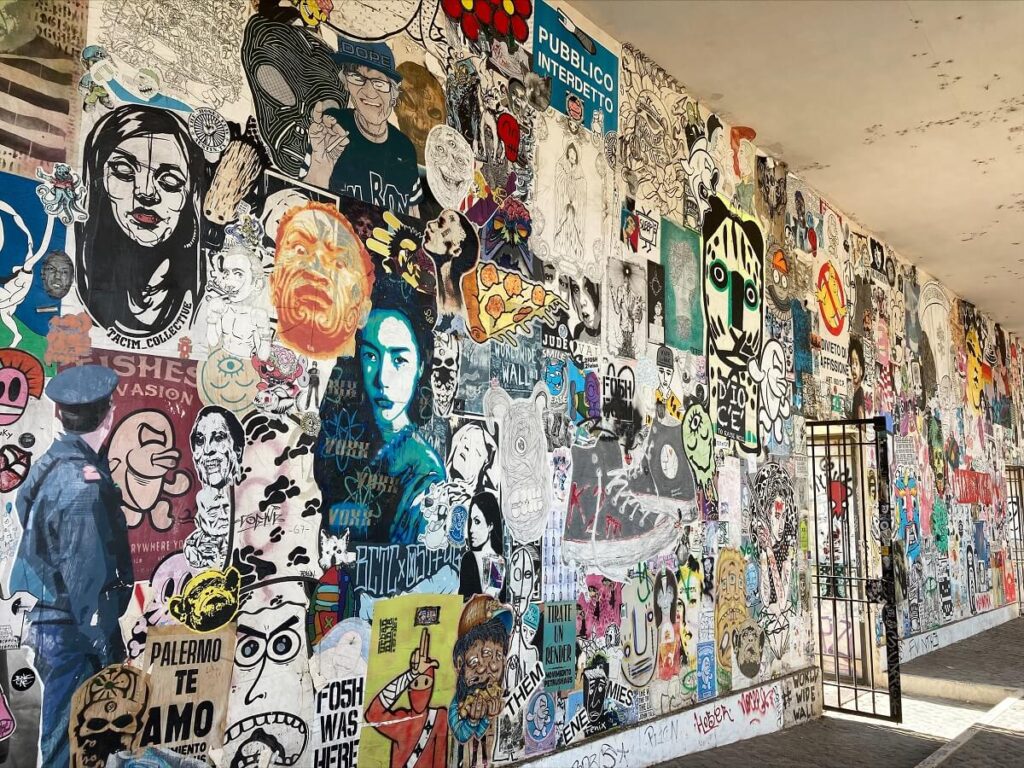
“Many of the immigrants and refugees coming into Europe [from West Africa and South Asia], have a background as a tailor. But normally in Italy, they all find work as dish-washers and other such menial jobs. It’s a shame because in Italy, we have these wonderful craft traditions,” said Valeria Kone, co-founder of Coloriage, a fashion co-operative that operates in the center.
The collective, which she co-founded with the Senegalese-born Khassim Diagne, works to elevate economically-disadvantaged people, particularly migrants and refugees who haven’t been given the opportunity to practice their craft in Italy. They create Italian-style clothes and accessories from fabrics imported from Ghana and the Ivory Coast, combining traditional West African patterns with Italian designs.
It’s a project that Kone conceived of during her years in the fashion industry, first as a consultant and buyer, where she saw firsthand the negative effects of ‘fast fashion.’
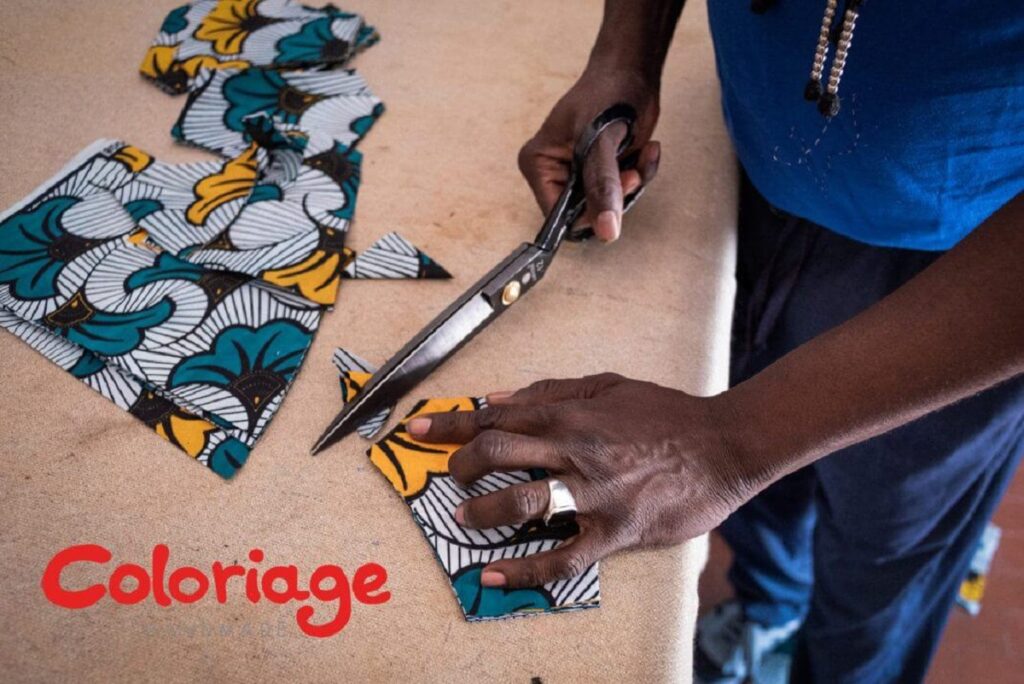
“[The craft] is in crisis, because of the industrial fashion industry, and what we call fast fashion. Coloriage was both a way to help migrants and refugees find a job and get integrated, while at the same time promoting the craft in fashion,” Kone said.
Coloriage operates a ‘Free Fashion School’ training program, whose instructors include alumni from the likes of Gucci and Valentino. Many graduates from the school go on to work for the house as a member of their co-operative. It’s what Kone calls “a social tailoring project.”
“We are proud of our social and humanitarian aspects, and we are an independent brand. Everything we make is with our own energy,” Kone said.
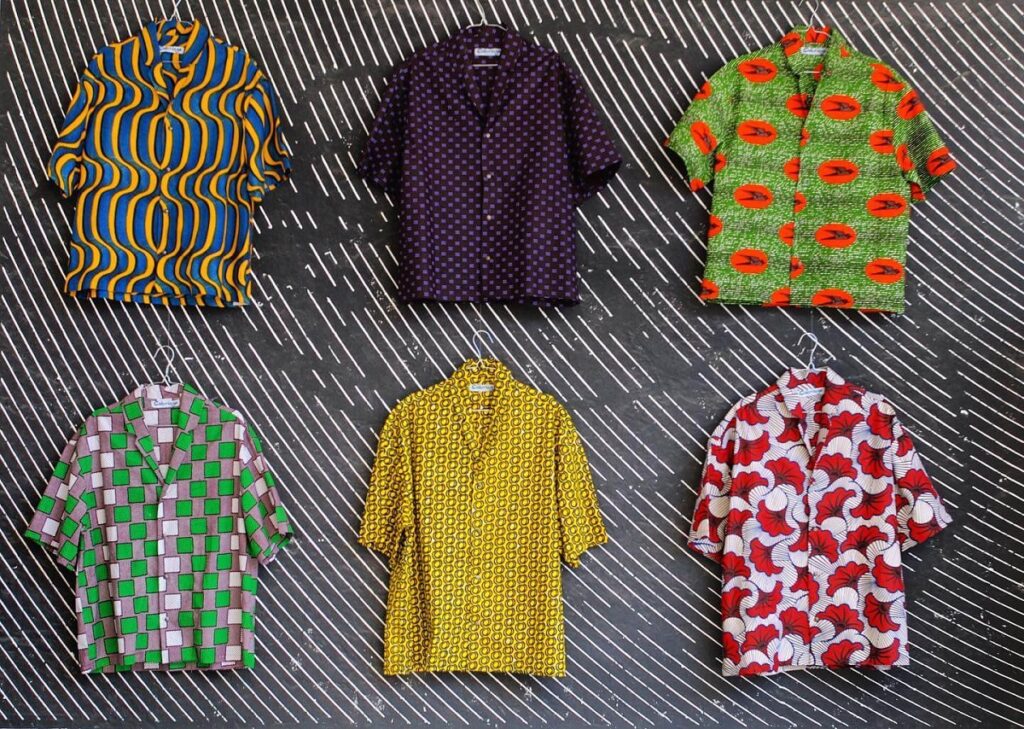
Just a few steps away sits ONCA, whose streetwear and accessories evoke the imagery and ethos of the pre-Columbian Americas, emphasizing ethical sourcing and sustainability.
“In my veins runs a little bit of South American blood,” said Mattia Tarsi, one of the five designer-tailors of the enterprise. “Three summers ago, I saw the fires in the Amazon. I thought that it was possible to create something out of the fusion of European and the pre-Columbian American culture, to create this vision of pre-Columbian civilization that suffered from the political situation.”
It’s an entrepreneurial venture that Tarsi and company undertook against the lack of economic opportunity in Italy, particularly for young people.
“My desire here was to create something that made me feel free and happy to wake up every day to go to work,” Tarsi said.
Like Coloriage, ONCA views Villaggio Globale as a space for its sensibilities.
“We work with social problems. We do free classes, for kids who are 15-16 who have issues in their life. We try to help them escape and to improve and find something new. I think this is a place where you can talk about art with everyone. And if you need something you can find right here,” Tarsi said.
But neither enterprise would be successful, were it not for the space that both share. Villaggio Globale is, after all, their home.
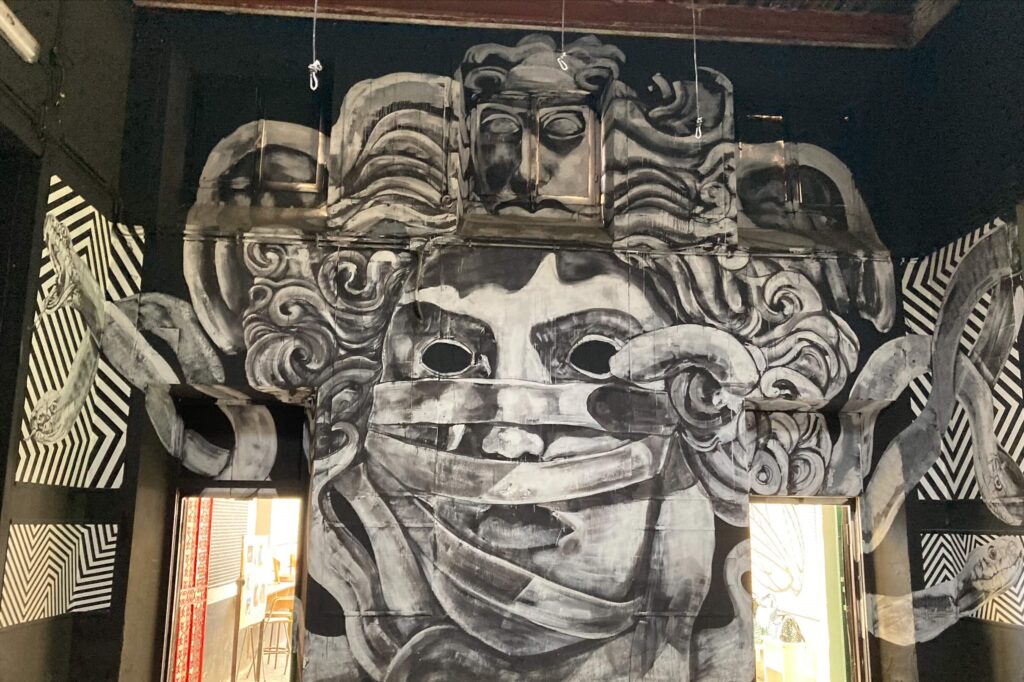
“Villaggio Globale is a very interesting place. And I feel very, very happy to work here, to come here every morning to a place where everyone is welcome. [It is] where we work, but where we live together every day,” said Manuela Izzo, a Political Science student-turned-Coloriage member. Izzo came to Villaggio Globale via Coloriage in 2019, as part of her thesis “Creativity as a tool for social inclusion.” In her words, she “entered that world for research and [has] not been able to get out.”
“This is a space that was abandoned by the state. It shows that people from the bottom can create a really good project and something that works…. How creativity can connect people without speaking, using the arts as means to create inclusion for migrants and for disadvantaged people,” Izzo said.
Villaggio Globale is located on Lungotevere Testaccio, 1, and can be found on Instagram @villaggioglobaleroma. Also don’t forget to check out Coloriage and ONCA websites!


